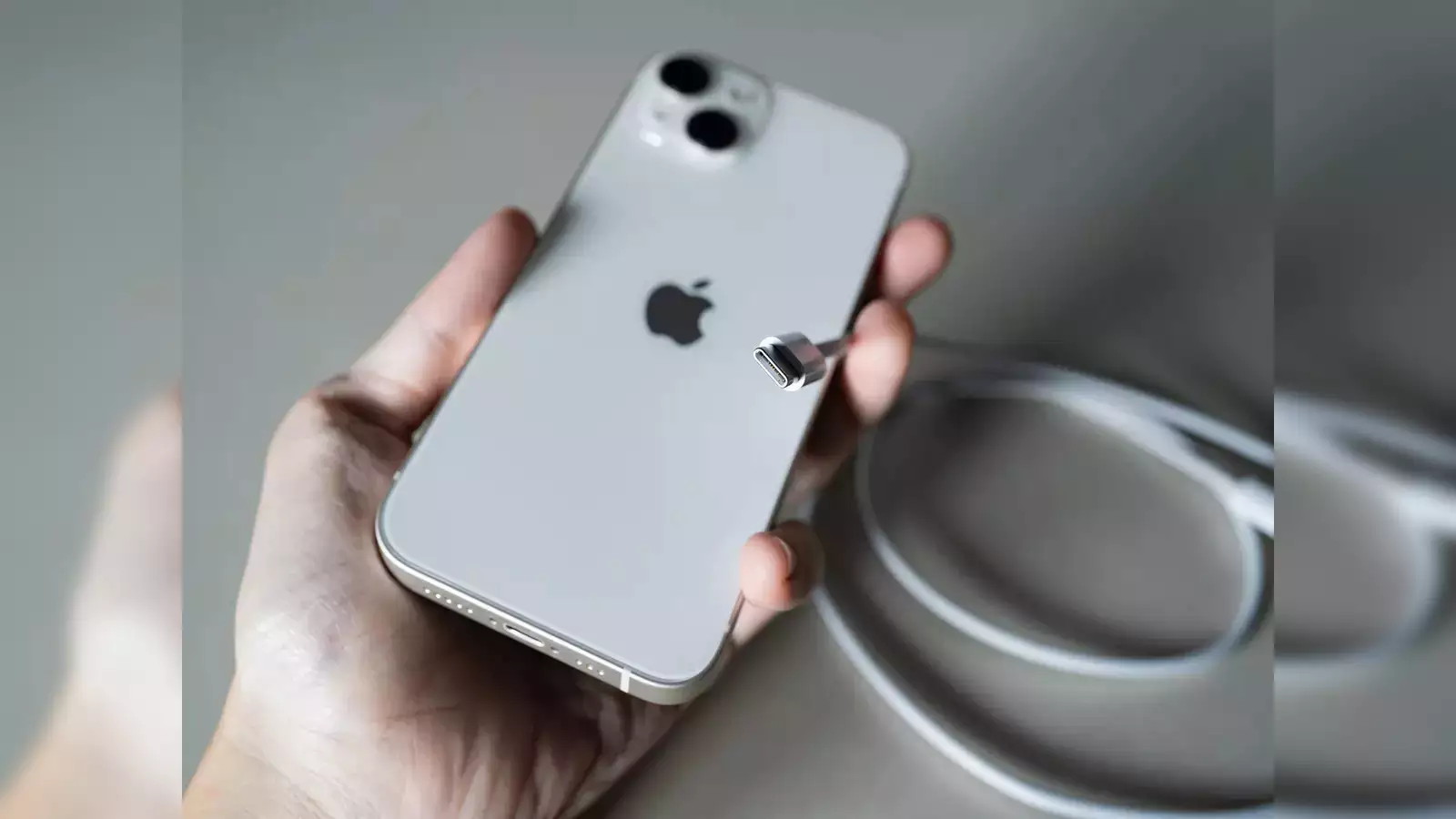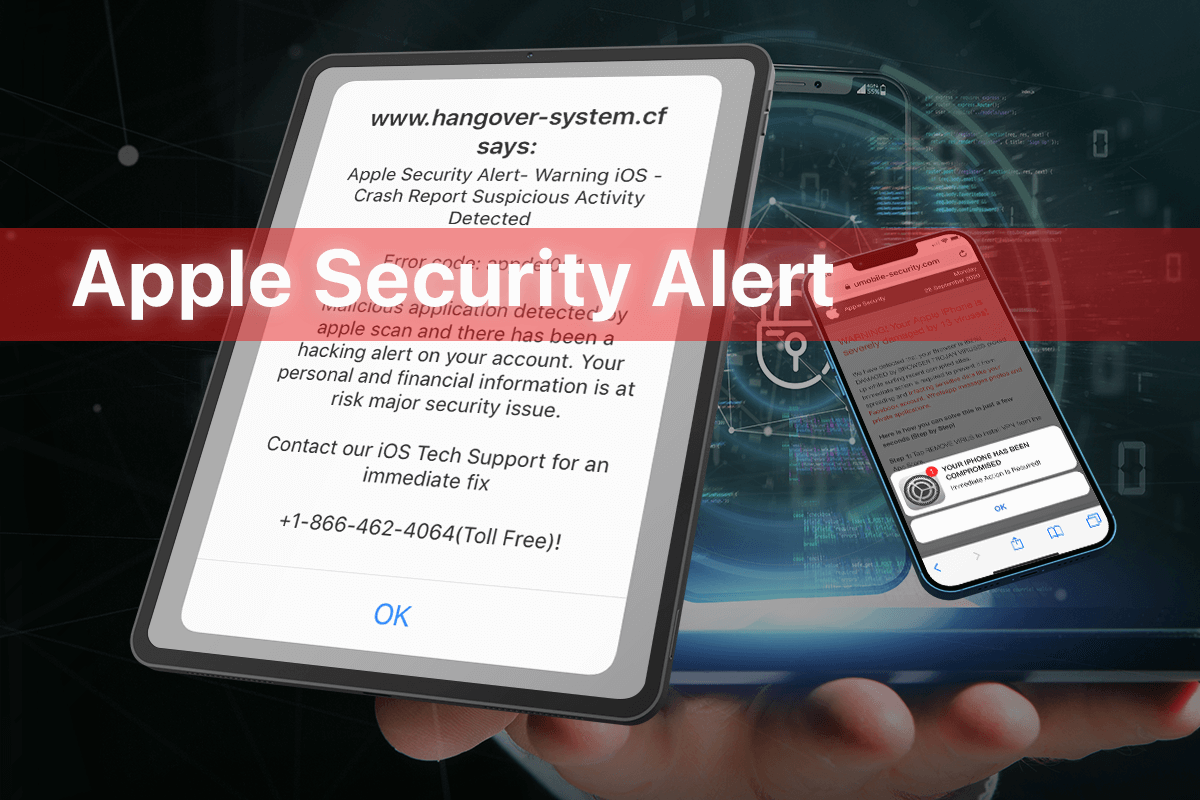In the digital age, the security of our personal information is paramount. iPhone users, often the target of sophisticated cyber attacks, have recently faced a surge in scam messages demanding urgent updates to their Apple IDs. This alarming trend underscores a growing concern for individuals relying on their devices for both personal and professional use.

A Closer Look at the Scam: What iPhone Users Need to Know
Imagine receiving a message on your iPhone urging you to “Update your Apple ID from this iPhone.” It sounds official, perhaps even urgent. But here lies the trap. iPhone enthusiasts across various online forums have recounted their experiences, noting these messages appear multiple times a day, disrupting the functionality of their devices until addressed. The message prompts a follow-up notification asking users to approve a password reset—an action that might seem benign but is fraught with danger.
One user, voicing their ordeal on the social media platform X, detailed how rejecting the prompt led to a suspicious phone call from someone claiming to be from Apple Security. The caller even spoofed Apple’s official number, offering up personal details like the user’s name and birthdate to appear legitimate. This technique is part of what’s known as “Bombing” or “Fatigue Attacks,” where scammers overwhelm the user with repeated messages, exploiting their confusion and fatigue.

The Dire Consequences of Falling for the Scam
For those who inadvertently tap tapAllow on the deceptive follow-up notification, the consequences are dire. The scam grants cybercriminals unfettered access to the victim’s Apple ID and linked devices, rendering them unusable. This access extends to any credit card information stored on the devices, compounding the potential financial havoc. Recovering from such an attack is particularly challenging, given Apple’s stringent anti-theft and privacy measures.
SCAM ALERT. This gadget page on Instagram @/stelo_ng has apparently scammed my friend of 82,000NGN for an iPhone 8 Plus, you guys we have to help her get her money back or get the phone she ordered. PLS RT🙏🏾 pic.twitter.com/ij6x5isXGD
— big timz 🦅 (@timiPR) December 19, 2020
Proactive Measures to Shield Your Apple ID
The best defense against these invasive attacks is a proactive approach. iPhone users are advised to ignore these deceitful messages outright. If interaction is unavoidable, the only safe response is “Do Not Allow.” Furthermore, enhancing your Apple ID security with a Recovery Key offers an additional layer of protection. This 28-character code, which users should store securely and discreetly, provides a critical recovery tool if all else fails.
Here’s how you can set up your Apple Recovery Key:
- Navigate to Settings on your iPhone.
- Tap your name at the top of the page.
- Choose Sign-in & Recovery.
- Follow the prompts to establish your Recovery Key.
Remember, once established, the location of this Recovery Key should be memorable to you but not obvious to others, safeguarding it from potential theft.
Conclusion: Staying Ahead of the Curve
In an era where digital threats loom large, staying informed and prepared is your safest bet. For iPhone users, understanding the nature of these scams and taking decisive steps to protect themselves is essential. By fostering a culture of caution and proactive security, we can shield not only our digital lives but also our personal and financial well-being.










